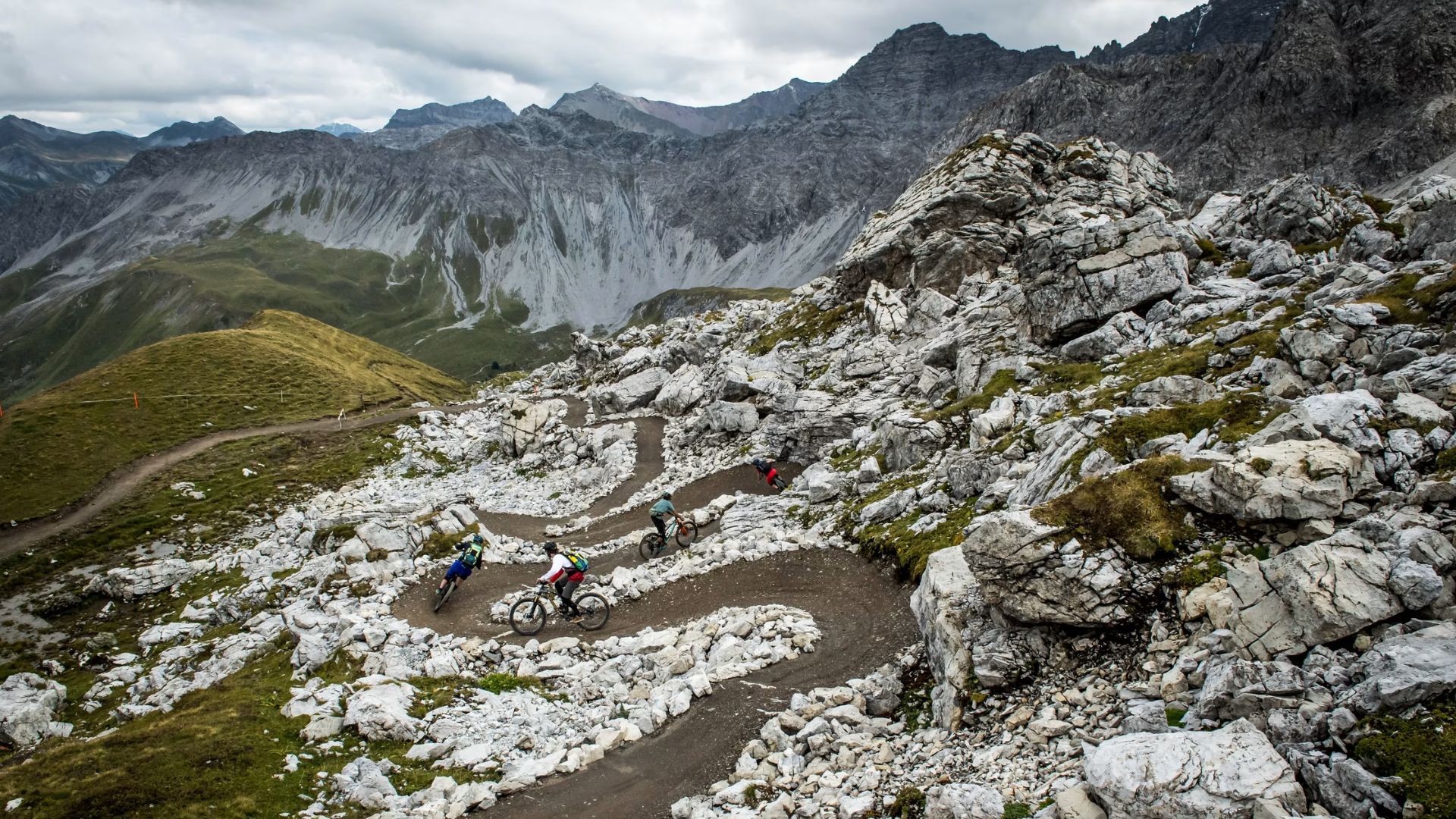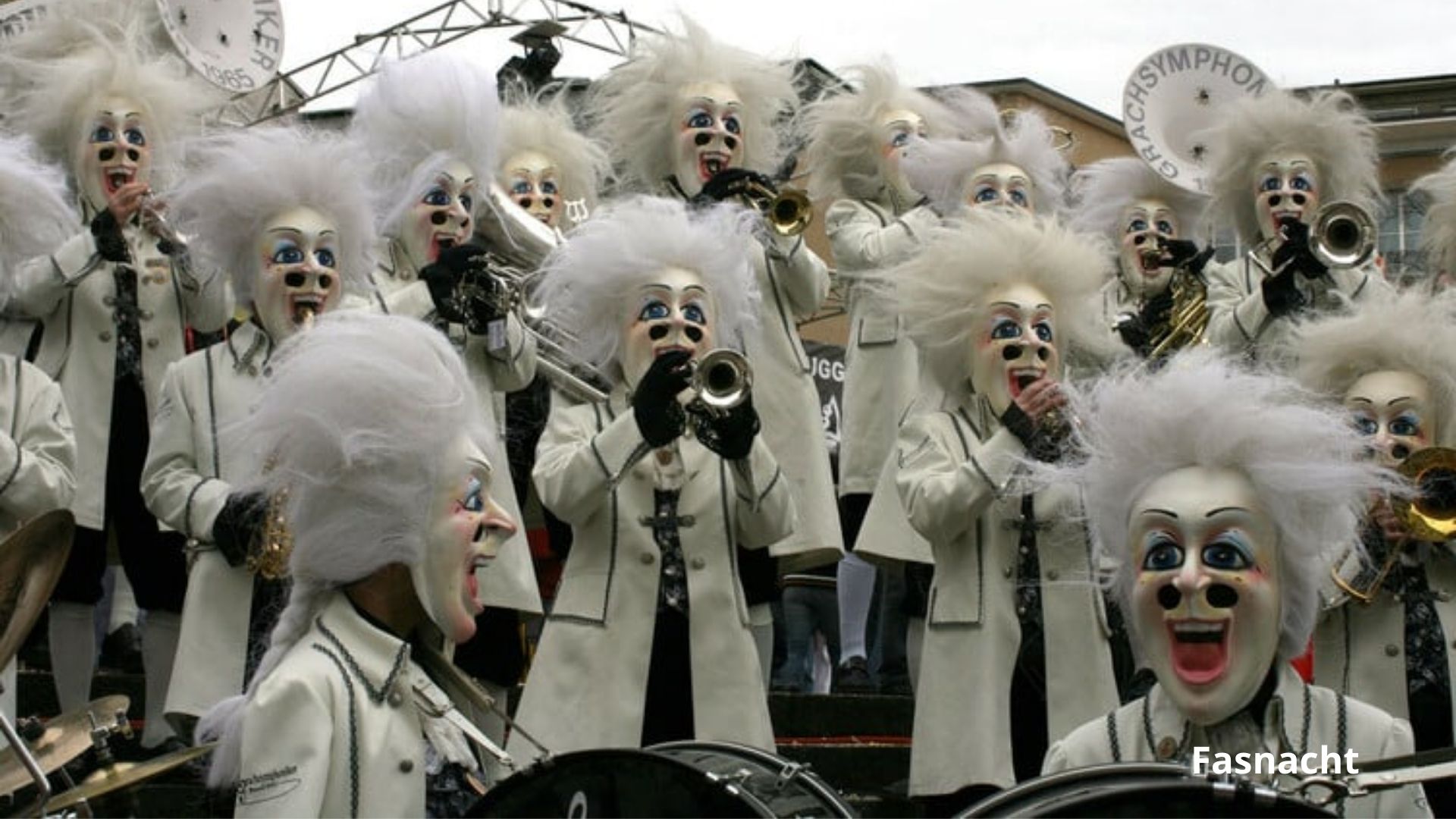A Swiss Adventure
Switzerland pairs alpine grandeur with cultural sophistication across a remarkably diverse landscape. According to the Swiss Federal Statistical Office, this nation of 8.7 million people has crafted an extraordinary balance between natural preservation and modern innovation, making it one of Europe's most captivating destinations.
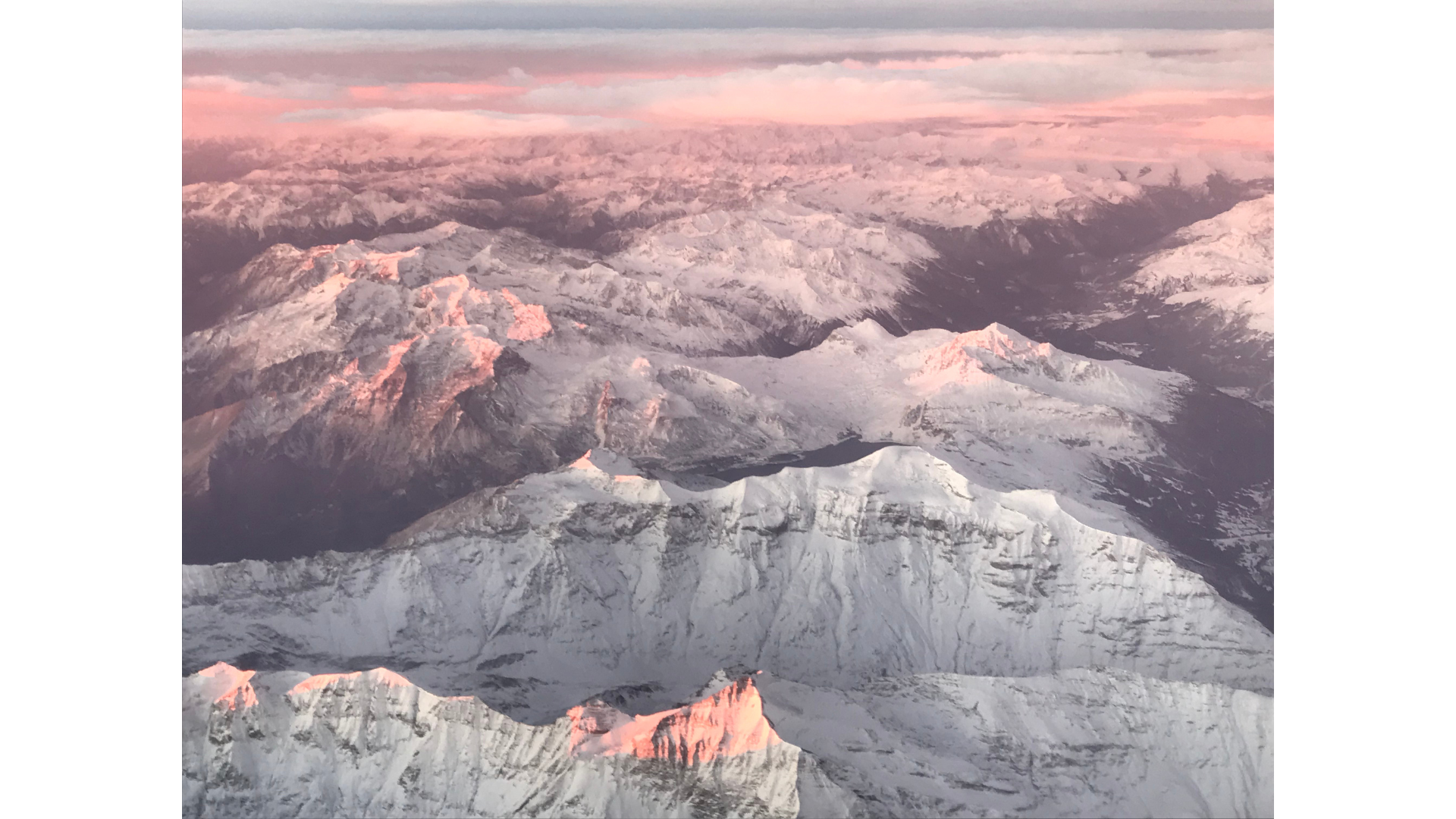
Understanding Swiss Geography
The Swiss landscape divides into three distinct regions: the Alps (occupying 60% of the country), the Jura mountains, and the Mittelland (central plateau). The Alps feature 48 peaks above 4,000 meters, with the Monte Rosa reaching 4,634 meters, Switzerland's highest point. The country's 1,484 lakes, including Lake Geneva (582 km²), provide contrast to the mountainous terrain.
Cultural Mosaic
Switzerland's cultural identity emerges from four national languages and 26 distinct cantons. German predominates in the east and center (63% of the population), French in the west (23%), Italian in the south (8%), and Romansh survives in select alpine valleys. Each region maintains unique traditions while sharing Switzerland's renowned commitment to precision and quality.
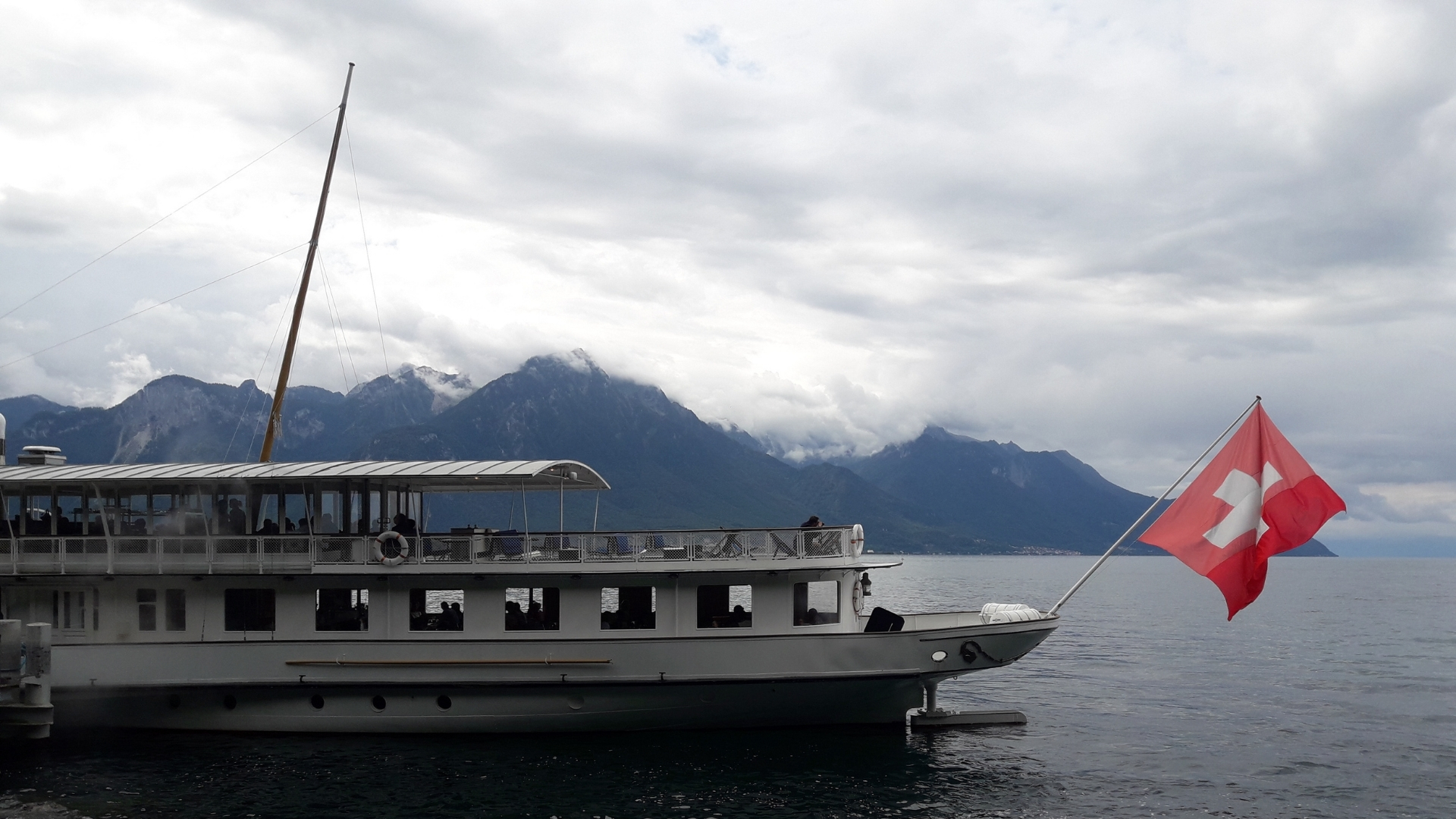
Transportation Excellence
The Swiss Federal Railways (SBB) operates one of the world's densest rail networks, covering 3,265 kilometers with 804 stations. Notable routes include:
- Glacier Express: An 8-hour panoramic journey between Zermatt and St. Moritz
- Bernina Express: Crossing the Alps at 2,253 meters
- GoldenPass Line: Connecting Lucerne to Lake Geneva
The Swiss Travel Pass provides unlimited access to this network, plus entry to over 500 museums and reduced rates on mountain excursions.
Seasonal Considerations
Switzerland offers distinct experiences across seasons:
- Summer (June-September): The hiking season peaks with 65,000 kilometers of marked trails. Temperatures range from 18-28°C in valleys, while high-altitude areas remain cooler.
- Winter (December-March): Over 7,000 kilometers of ski runs activate across 338 resorts. Reliable snow conditions exist above 1,500 meters, with glacier areas operating year-round.
- Spring/Autumn: Shoulder seasons offer mild temperatures and reduced crowds. Spring brings alpine flowers, while autumn displays remarkable foliage.
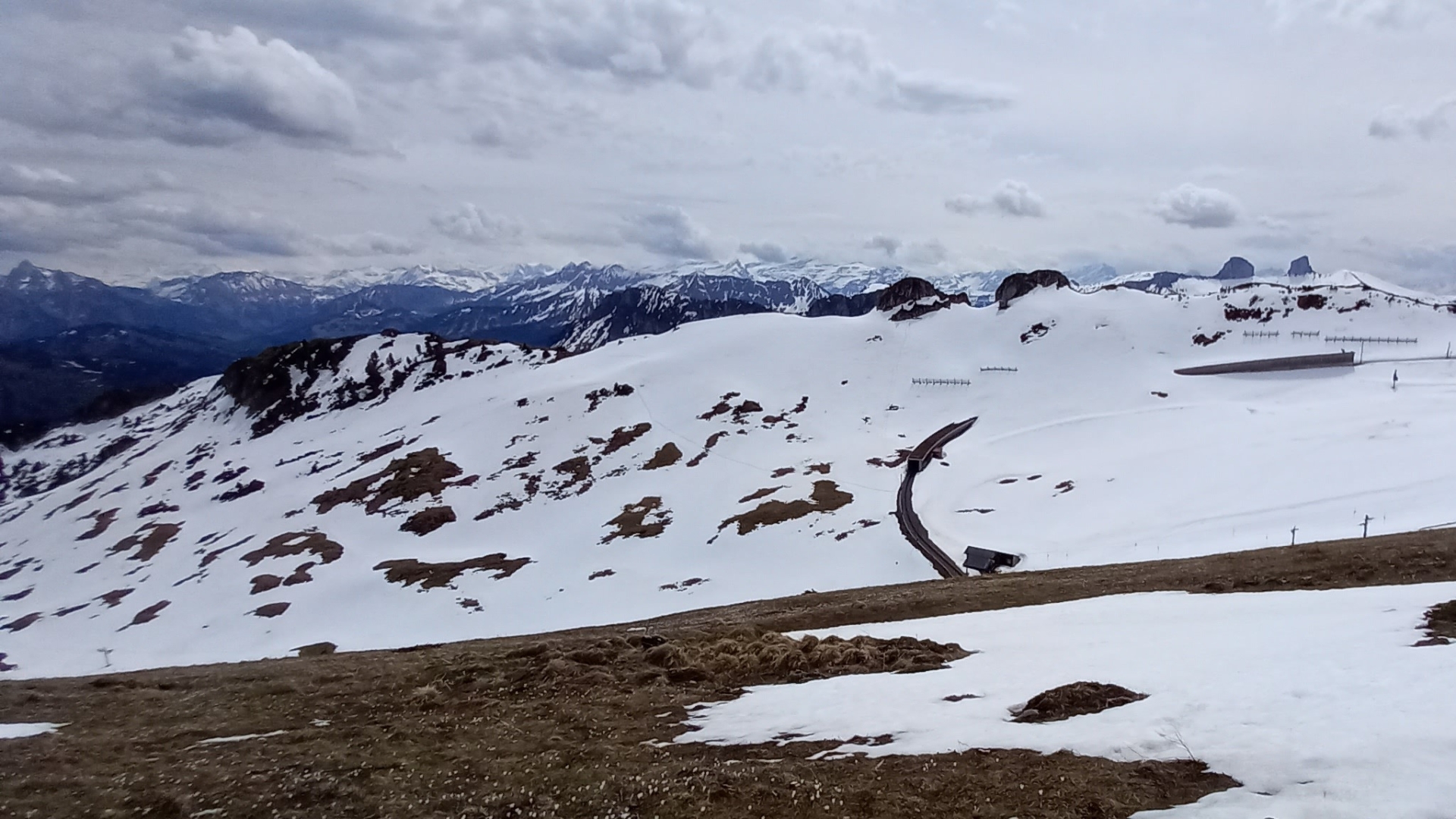
Regions to Discover
- Bernese Oberland: Home to the Jungfrau Region, featuring the famous triumvirate of Eiger, Mönch, and Jungfrau peaks. The Jungfraujoch railway station sits at 3,454 meters, offering year-round glacier access.
- Lucerne Region: Combines medieval architecture with mountain excursions. Mount Pilatus (2,128m) provides panoramic views over 73 Alpine peaks.
- Ticino: Mediterranean climate with 2,170 average sunshine hours annually, featuring palm-lined lakes and Italian architecture.
- Zermatt: Car-free resort beneath the Matterhorn (4,478m), offering year-round skiing and 400 kilometers of hiking trails.
Practical Information
- Health and Safety:
- Altitude considerations begin at 2,500 meters
- World-class healthcare system (travel insurance mandatory)
- Tap water is potable nationwide
- Emergency number: 112
- Dining Culture:
- Lunch: 12:00-14:00
- Dinner: 18:30-21:30
- Restaurant reservations recommended
- Credit cards widely accepted
- Budget Planning:
- According to MySwitzerland.com, daily budgets per person:
- Budget: CHF 100-150
- Mid-range: CHF 200-350
- Luxury: CHF 400+
- Tips:
- Book accommodations 3-6 months ahead for peak seasons
- Download the SBB Mobile app for real-time transport updates
- Carry cash for mountain huts and small establishments
- Learn basic greetings in the local language
- Check weather forecasts daily
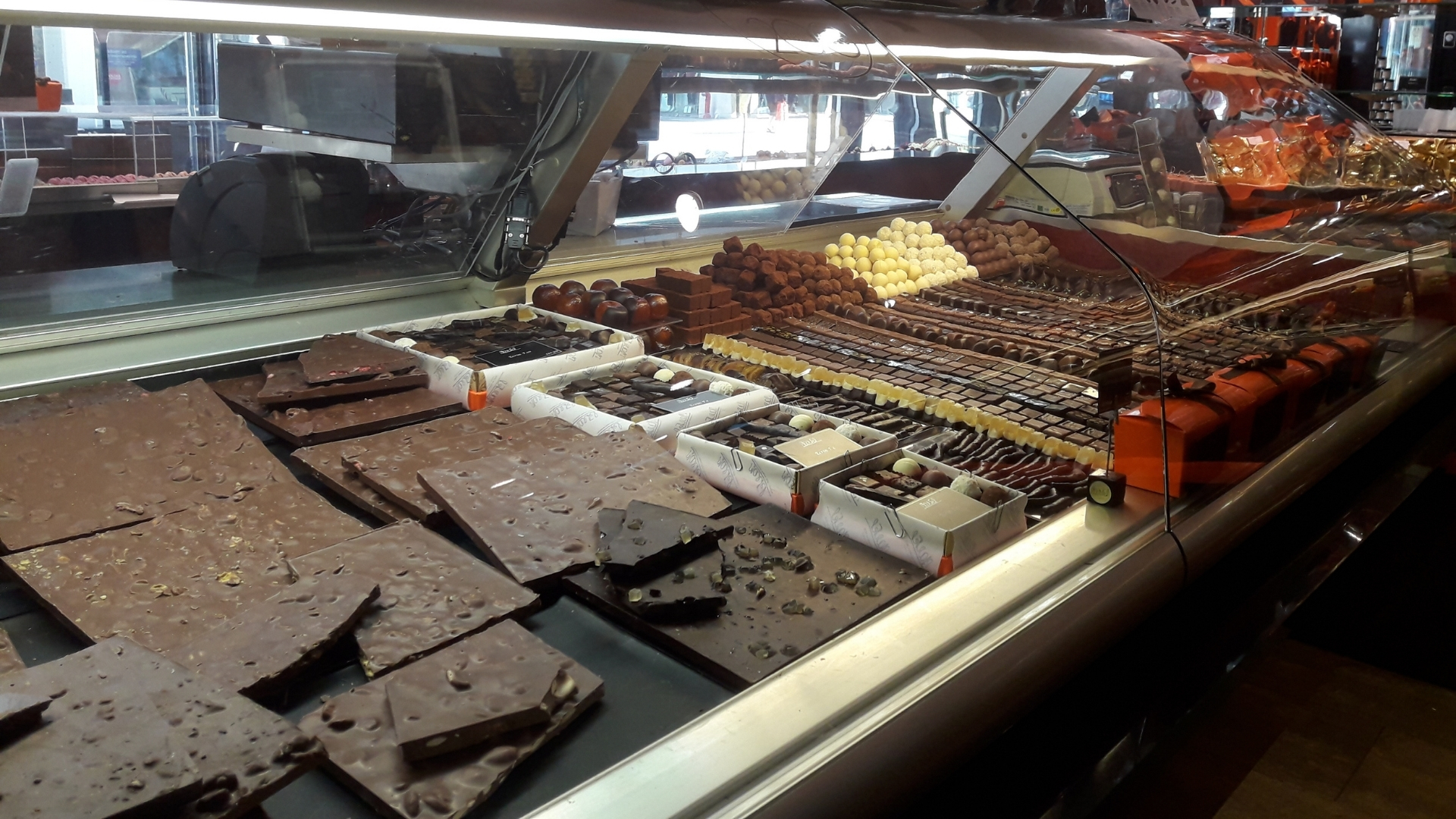
Switzerland rewards careful planning with extraordinary experiences. Its efficient infrastructure and natural wonders create lasting memories for those who appreciate both adventure and precision.
For current conditions, events, and detailed planning resources, visit:
- Switzerland Tourism (myswitzerland.com)
- Swiss Federal Railways (sbb.ch)
- MeteoSwiss (meteoswiss.ch)
Local tourism boards of specific cantons provide additional regional updates and seasonal activities.
